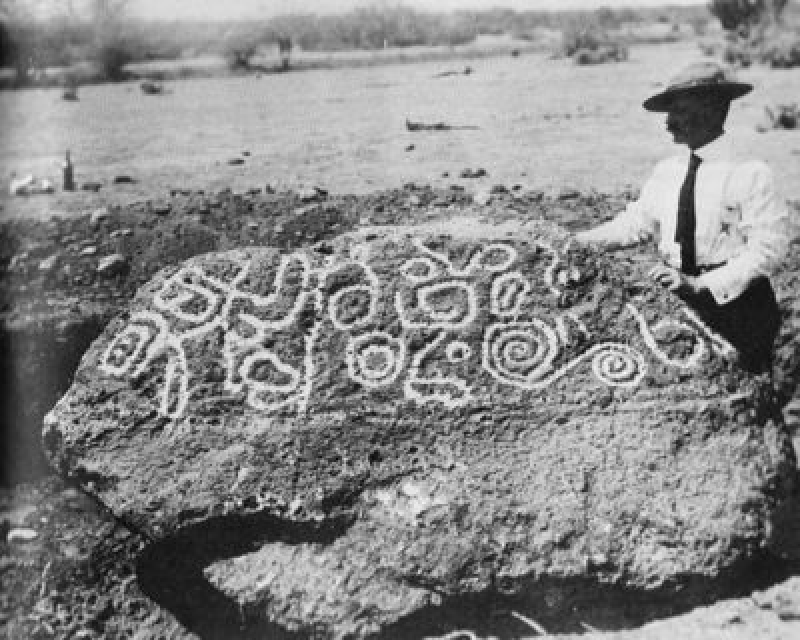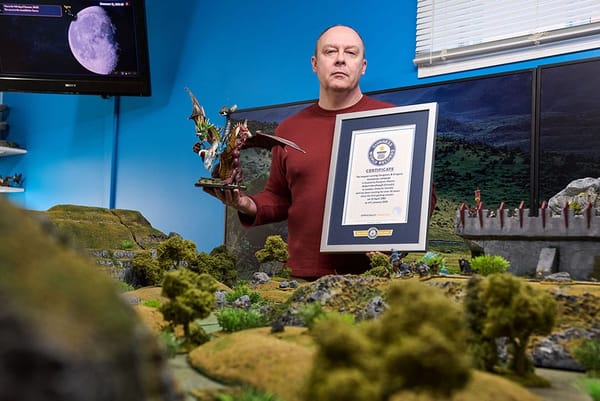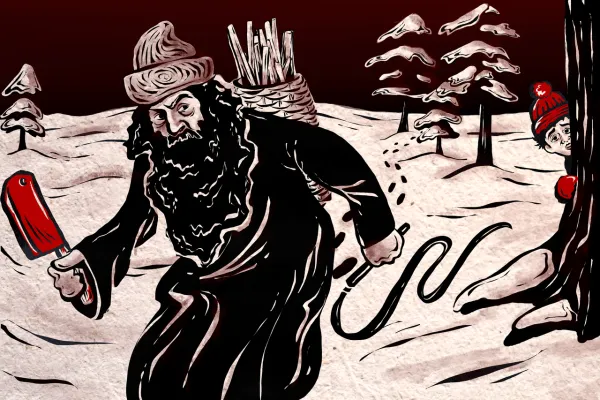It took 25 years to solve this British prison break

From the FT: "There was nothing to suggest that October 22 1966 would be anything other than a typically dismal Saturday at Wormwood Scrubs, a dingy Victorian prison in north-west London. Late that afternoon, inmate 455 told a guard that the idea of spending his free time watching TV with the other high-security prisoners in D Hall was a “farce” and he’d prefer to read in his cell. He then made his way to the second-floor landing, where he squeezed through a broken window and shimmied down the outside wall into the exercise yard between 6pm and 7pm. An accomplice waited in a hiding place on Artillery Road nearby. After a brief burst of communication over walkie-talkie, a handmade rope ladder fell into the yard as the jail settled down to a weekly film night. The most audacious prison break in British history had begun."
Sammy Basso, the longest survivor of rapid ageing disease, dies at 28

From the CBC: "Sammy Basso lived longer than anyone else with his disease, but his death at the age 28 still came as a shock to those who knew and loved him. Basso, a molecular biologist from Italy, died on Oct. 5. He was the longest known survivor of progeria, a rare genetic disease that causes rapid aging. Many people who have it don't make it past their teens. He dedicated his life to studying and raising awareness about progeria in the hopes that future generations would not have to go through what he did. Those who knew him say he was not only committed to the cause, but also funny and kind, a brilliant conversationalist, the life of a party, and someone who extolled the kind of joie-de-vivre that comes from knowing all too well that every second counts."
An au pair, an affair, and a double homicide

From the Washington Post: "When Juliana Peres Magalhães dreamed of America, she envisioned a spacious home and a more comfortable life than the one she led in the countryside of São Paulo, according to family and friends.She found all of that — and more — in a well-to-do suburb of the nation’s capital, caring for the young daughter of Christine and Brendan Banfield as an au pair.The work, through a cultural exchange program, delivered on the promises that drew the 21-year-old from her native Brazil to a nearly million-dollar house in Virginia.She made friends. She made money. She became part of a family.Then came a gruesome and complicated double homicide, which authorities say Magalhães helped orchestrate. Magalhães now sits in jail, awaiting a jury trial in November."
A secret sculpture built for John F. Kennedy’s grave has been found 50 years later

From the Smithsonian: "In 2020, Elinor Crane was cleaning gravestones when she started wondering about a patchwork of strange rectangular slabs—some cracked, others wearing away—that were sunken into the ground. They surrounded the remains of a large, central round stone. The graveyard was on the grounds of the Oak Spring Garden Foundation in Upperville, Virginia, which is now run by Crane’s husband, Peter Crane, a former director of Chicago’s Field Museum. The estate had belonged to Paul Mellon, the billionaire philanthropist, and his second wife, Rachel Lambert Mellon, an heir to the Listerine fortune, who was known as Bunny. Bunny’s biographers thought she’d had the slabs installed at Oak Spring as a mock-up made ahead of Kennedy’s 1967 reinterment. But that tidy narrative unraveled when Crane, who works as a volunteer at Oak Spring, started chatting with Tommy Reed, a stonemason at the foundation."
No one has been able to decipher the runes on the mysterious Esperanza stone

From Atlantis Forschung: "Many years ago a strange stone resembling a meteorite fell into the valley of the Yaqui, Mexico, and the sensational story went from one end to the other of the country that a stone bearing human inscriptions had descended to the earth. Hundreds visited the place, natives made a pilgrimage to it from all over Sonora, and the stone, called the Esperanza, became famous in its way, and many of the inhabitants believe that it is a message from heaven, and demand that it be translated. The stone was found by Major Frederick Burnham of the British army, the famous scout of the Boer war, and not long after he invited the writer to visit it, and endeavor, if possible, to decipher its story. We left Los Angeles in April, and in a day and a half reached Nogales. In all the delta, three thousand square miles of which I rode over, in various directions, I did not see a stone or rock of any kind, hence the sudden view was striking of a big black pseudo-volcanic rock standing buried to half its size in the sand."
What an Australian beach worm looks like
Australonuphis or beach worm, you don't see it, but it sees you pic.twitter.com/itZ02i3fCe
— Nature is Amazing ☘️ (@AMAZlNGNATURE) October 14, 2024
Acknowledgements: I find a lot of these links myself, but I also get some from other newsletters that I rely on as "serendipity engines," such as The Morning News from Rosecrans Baldwin and Andrew Womack, Jodi Ettenberg's Curious About Everything, Dan Lewis's Now I Know, Robert Cottrell and Caroline Crampton's The Browser, Clive Thompson's Linkfest, Noah Brier and Colin Nagy's Why Is This Interesting, Maria Popova's The Marginalian, Sheehan Quirke AKA The Cultural Tutor, the Smithsonian magazine, and JSTOR Daily. If you come across something interesting that you think should be included here, please feel free to email me at mathew @ mathewingram dot com



